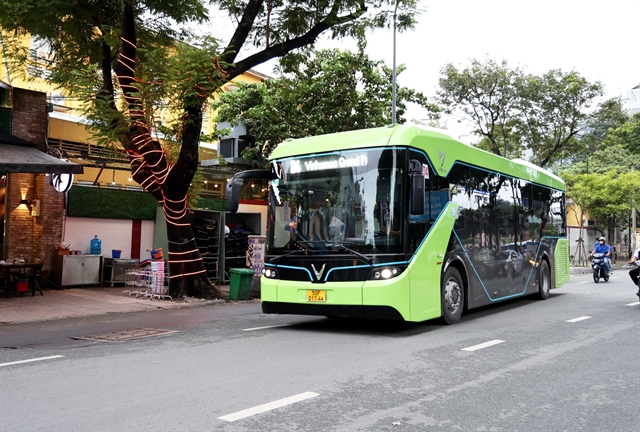 Environment
Environment
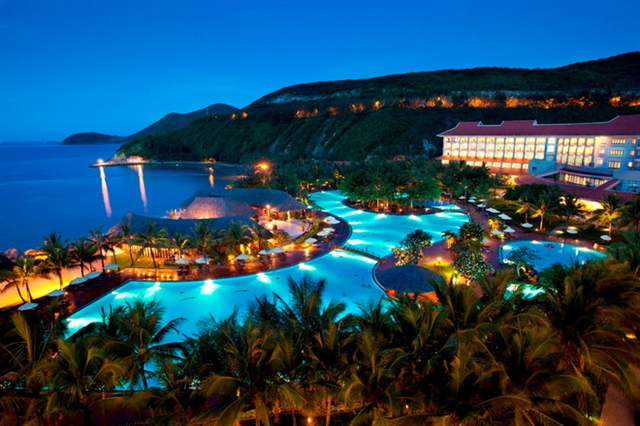
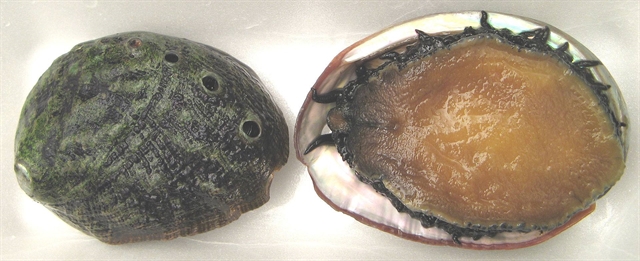
|
| A maxima clam is listed in gene protection in Lý Sơn Islands, off the coast of Quảng Ngãi Province. — Photo courtesy Lý Sơn MPA |
LÝ SƠN ISLANDS — The management board of Lý Sơn Marine Protected Area (MPA) has proposed a gene protection programme for five endangered sea creatures – mummy fish, or sea cucumber (holothurian nobilis), abalone (haliotis sorenseni), tropical rock lobster (panulirus ornatus), maxima clam (tridacna maxima) and red seaweed (laurencia intermedia) – that have been over-fished in waters off the islands.
Director of the Lý Sơn MPA, Phùng Đình Toàn said the area, 30km off the coast of Quảng Ngãi Province, was included in the area for designation as a Global Geo-Park by UNESCO.
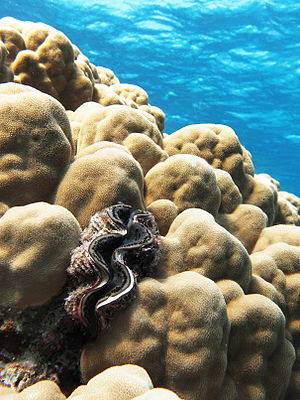
|
| An abalone is found living in coral reefs in the water off Lý Sơn Islands. — Photo courtesy Lý Sơn MPA |
He said the five species – listed as endangered species by International Union for Conservation of Nature (IUCN) – are threatened with extinction due to mass exploitation for seafood among fishermen in recent years.
The mass tourism boom and rapid development of concrete buildings and resorts in the islands over past decades also would result in damage and over-use of natural resources, seafood and fresh water sources, he added.
Toàn said the five endangered species will be planned on strict protection in 2021-25, and a list of 25 other endangered sea creatures would be added in the coming decades.
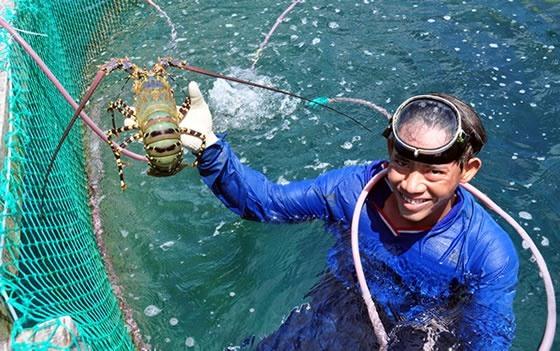
|
| A tropical rock lobster is checked by a member of the Lý Sơn Marine Protected Area. The seafood has been listed as an endangered species for strict protection. — Photo courtesy Lý Sơn MPA |
In 2018, the central province of Quảng Ngãi allocated funds of VNĐ42 billion (US$1.8 million) to support ecosystem recovery and biodiversity supervision as well as strengthening the protection of the Lý Sơn Marine Protected Area (MPA) for the 2018-22 period.
The Lý Sơn MPA, one of 16 nationwide MPAs approved by the Prime Minister in a Master Plan, covers more than 7,900ha, including 7,113ha of seawater. It was home to 700 marine fauna species (coral reefs, fish, seaweed and crustaceans), of which 25 were endangered or in danger of extinction.
More than 400ha of land on the island had been seriously eroded by rising sea levels in the past 40 years.
The island, where 61 hotel and guest houses and 63 home-stay services were developed in the past few decades, hosts around 2,000 tourists each day.
Lý Sơn Islands, known as the Kingdom of Garlic in Việt Nam, has around 22,000 inhabitants, of whom 73 per cent make their living from farming garlic and spring onions, alongside fishing. — VNS




